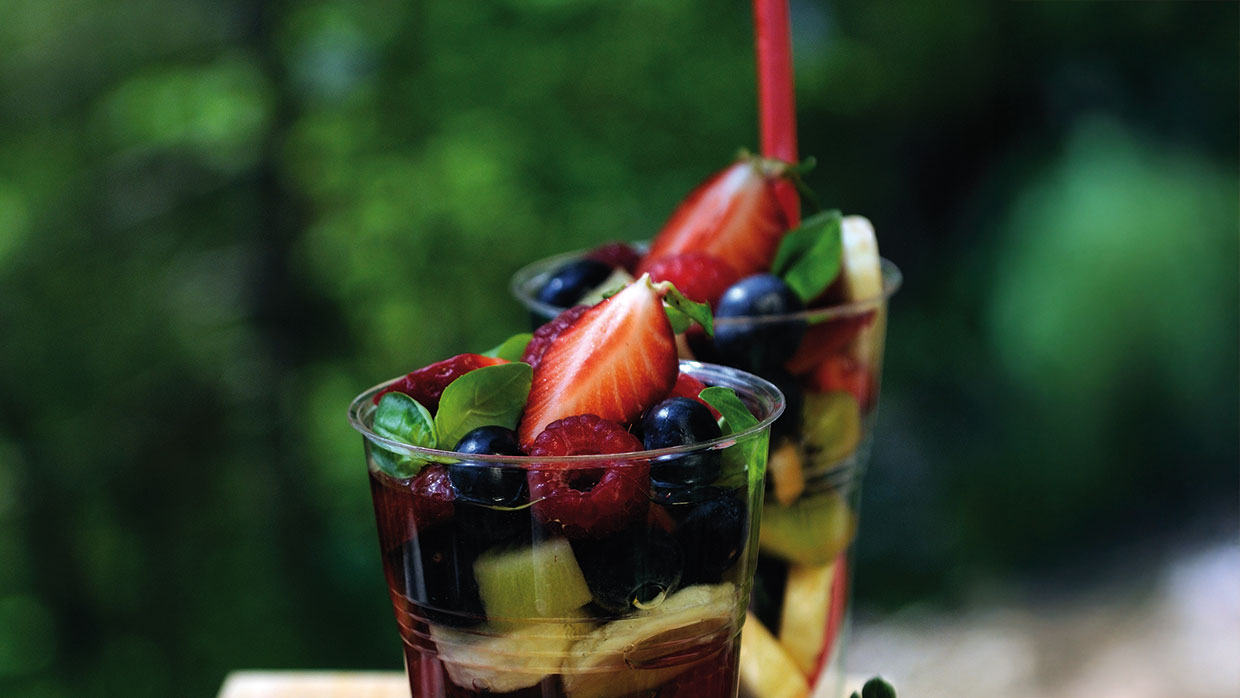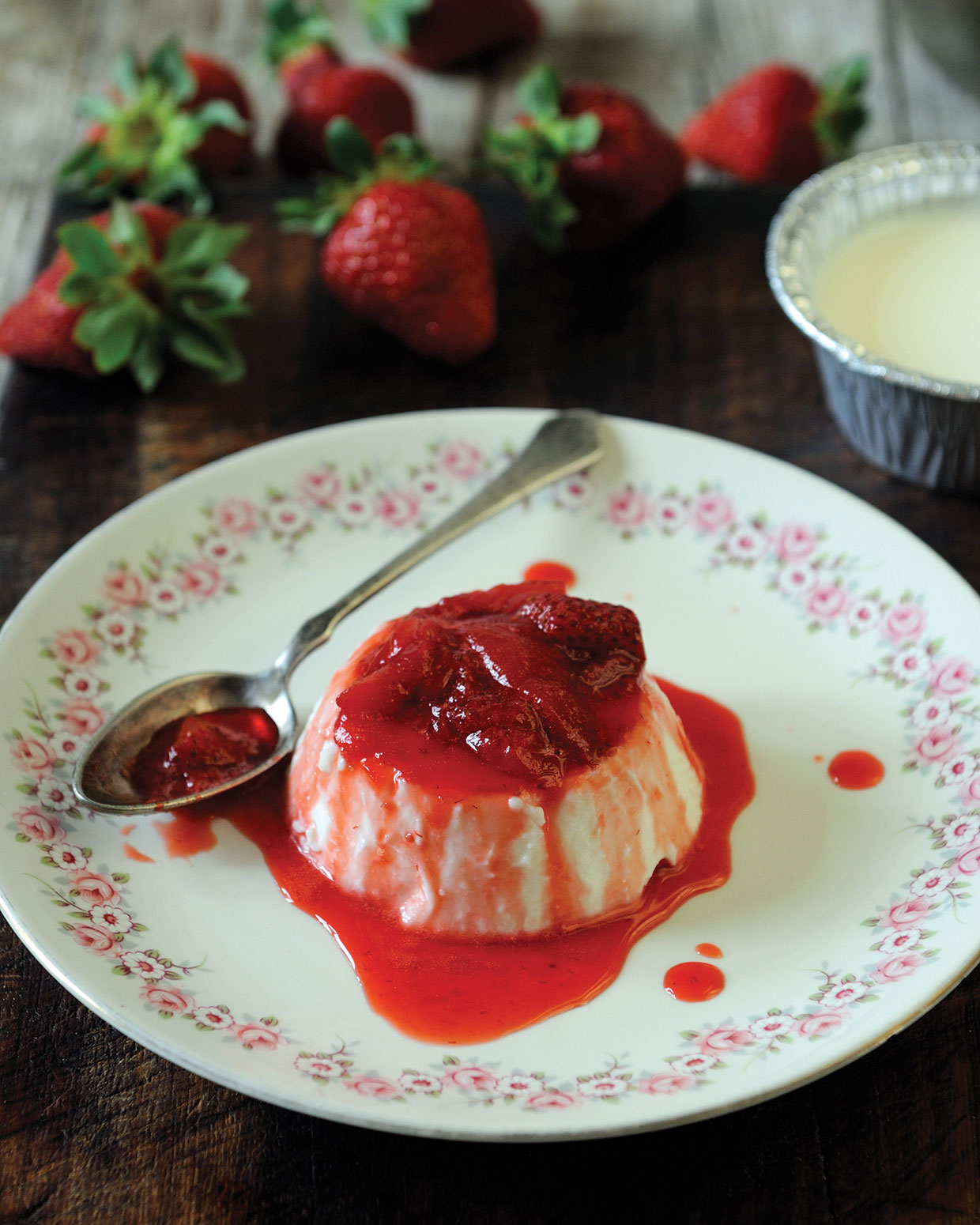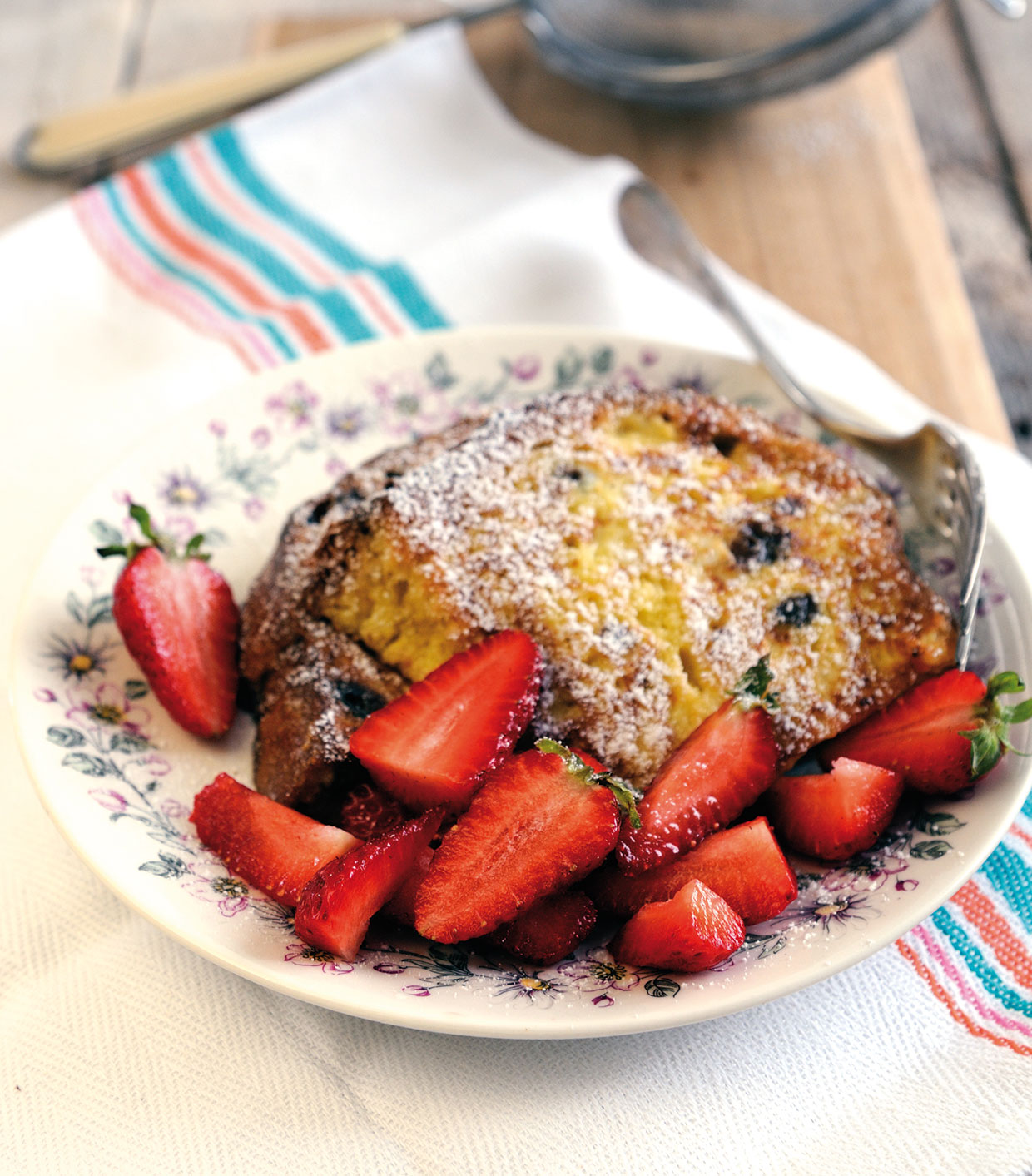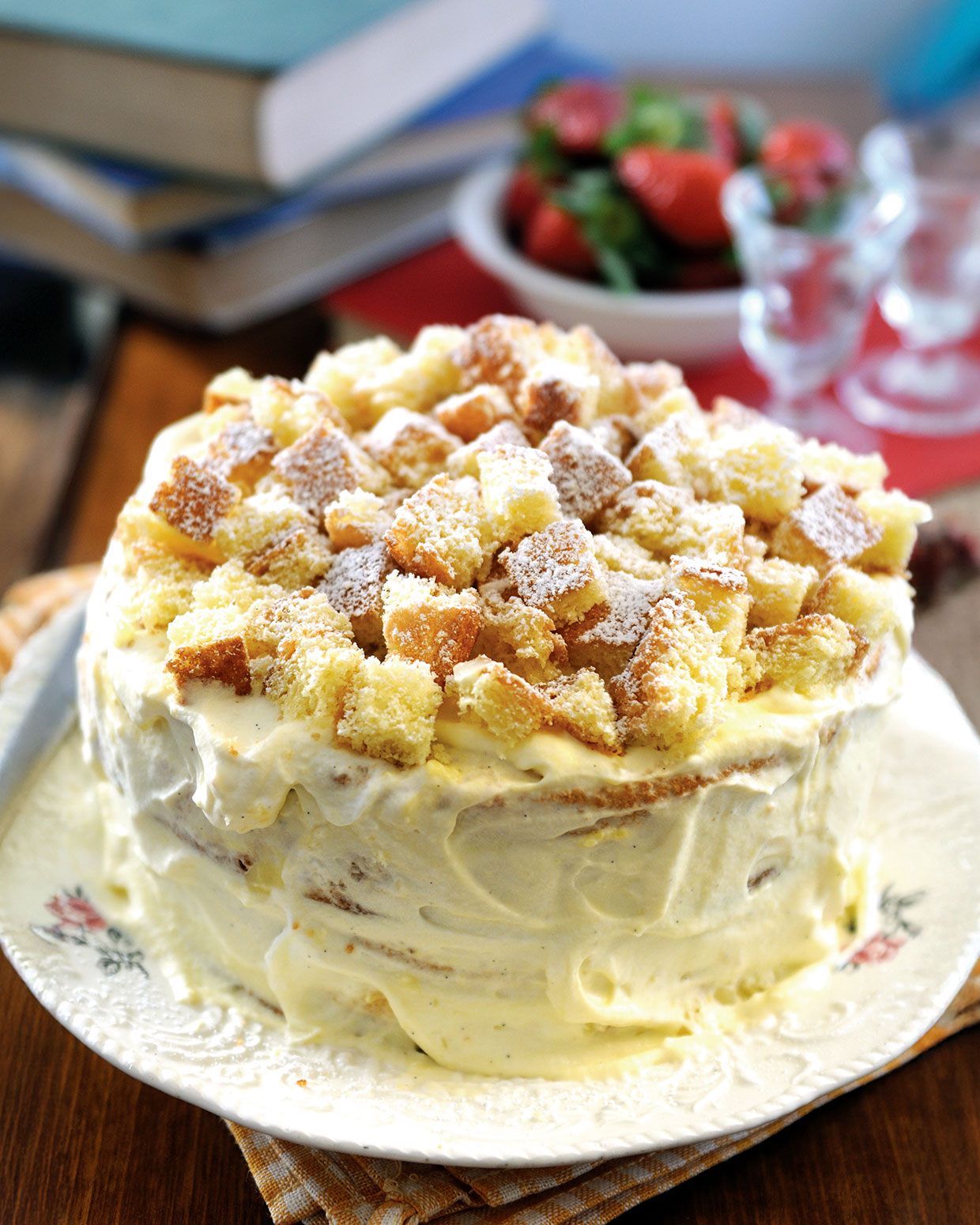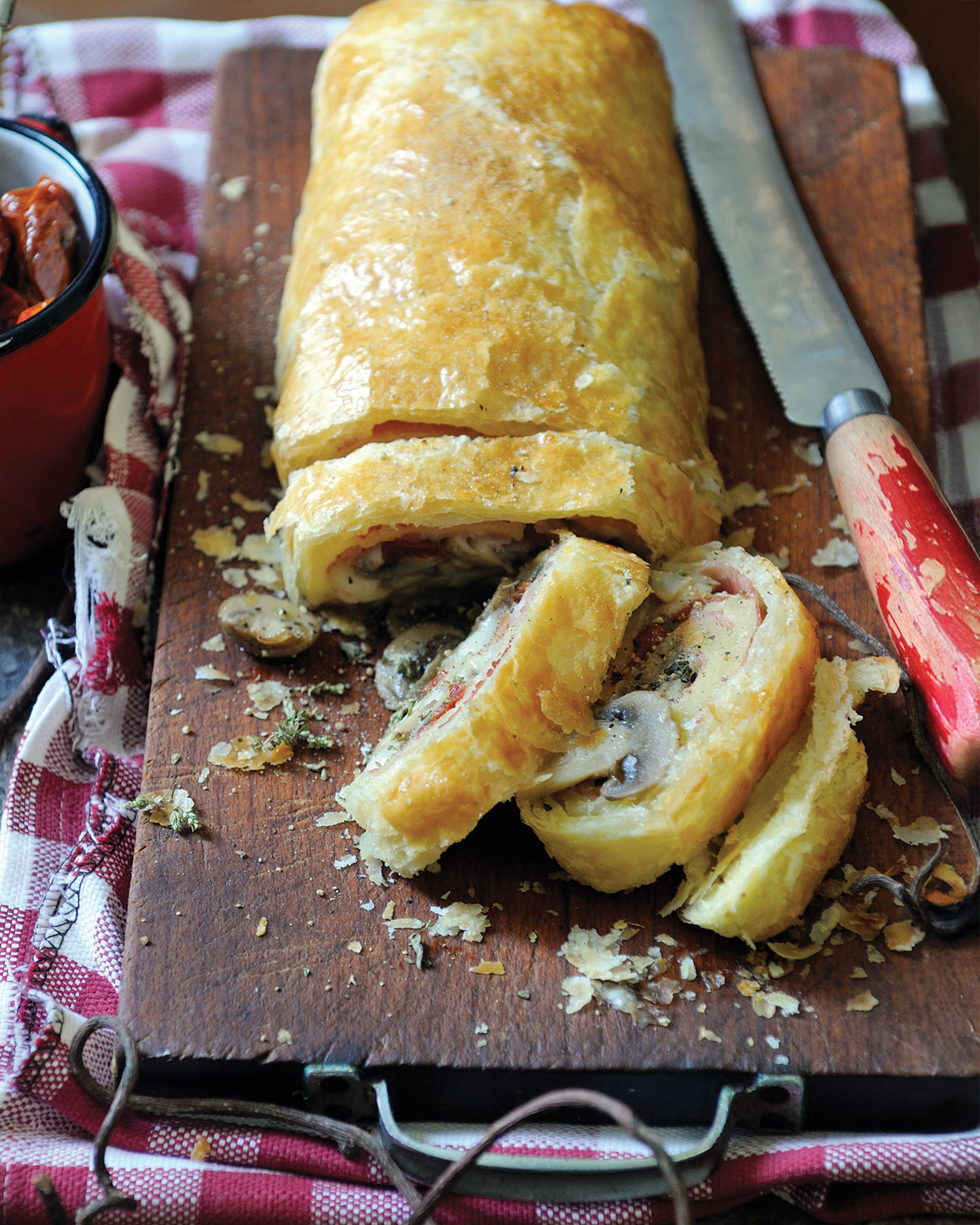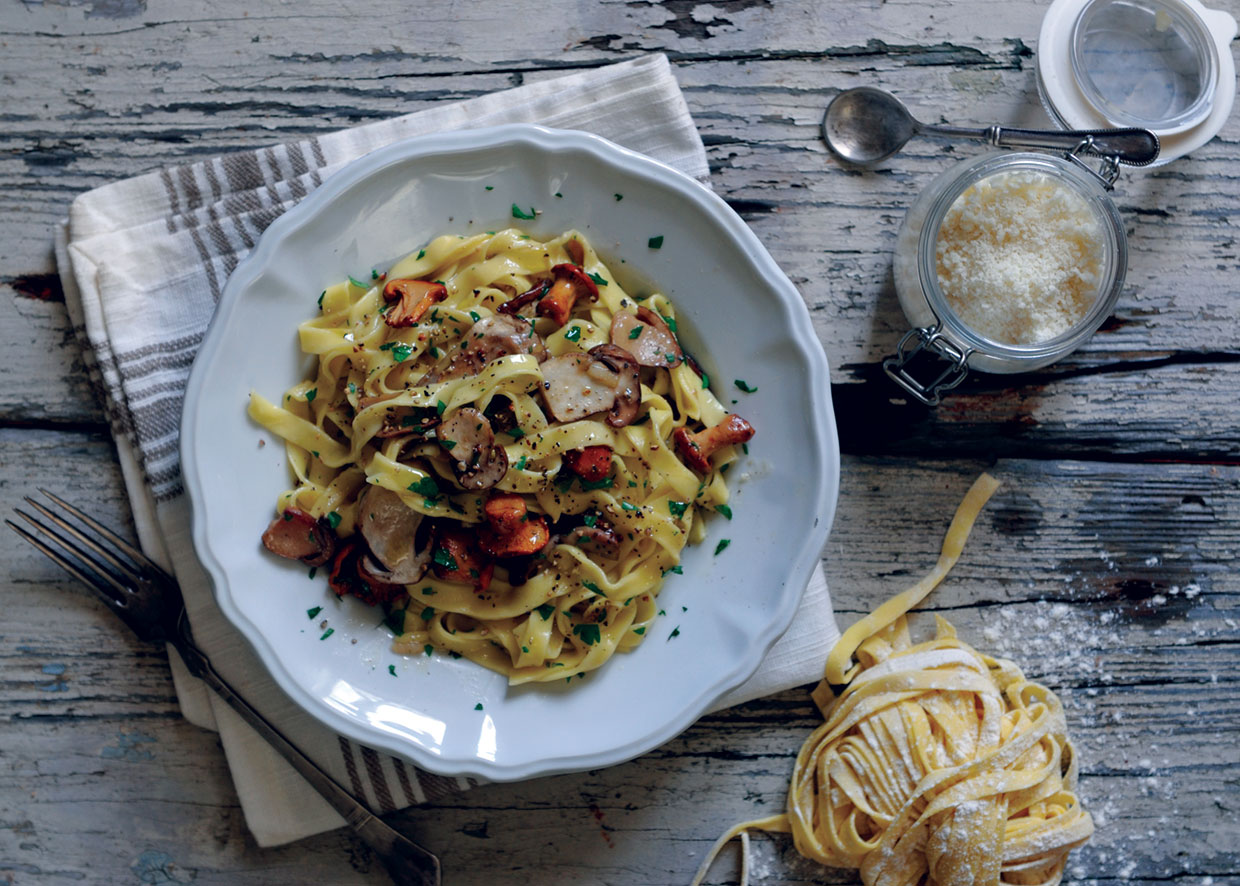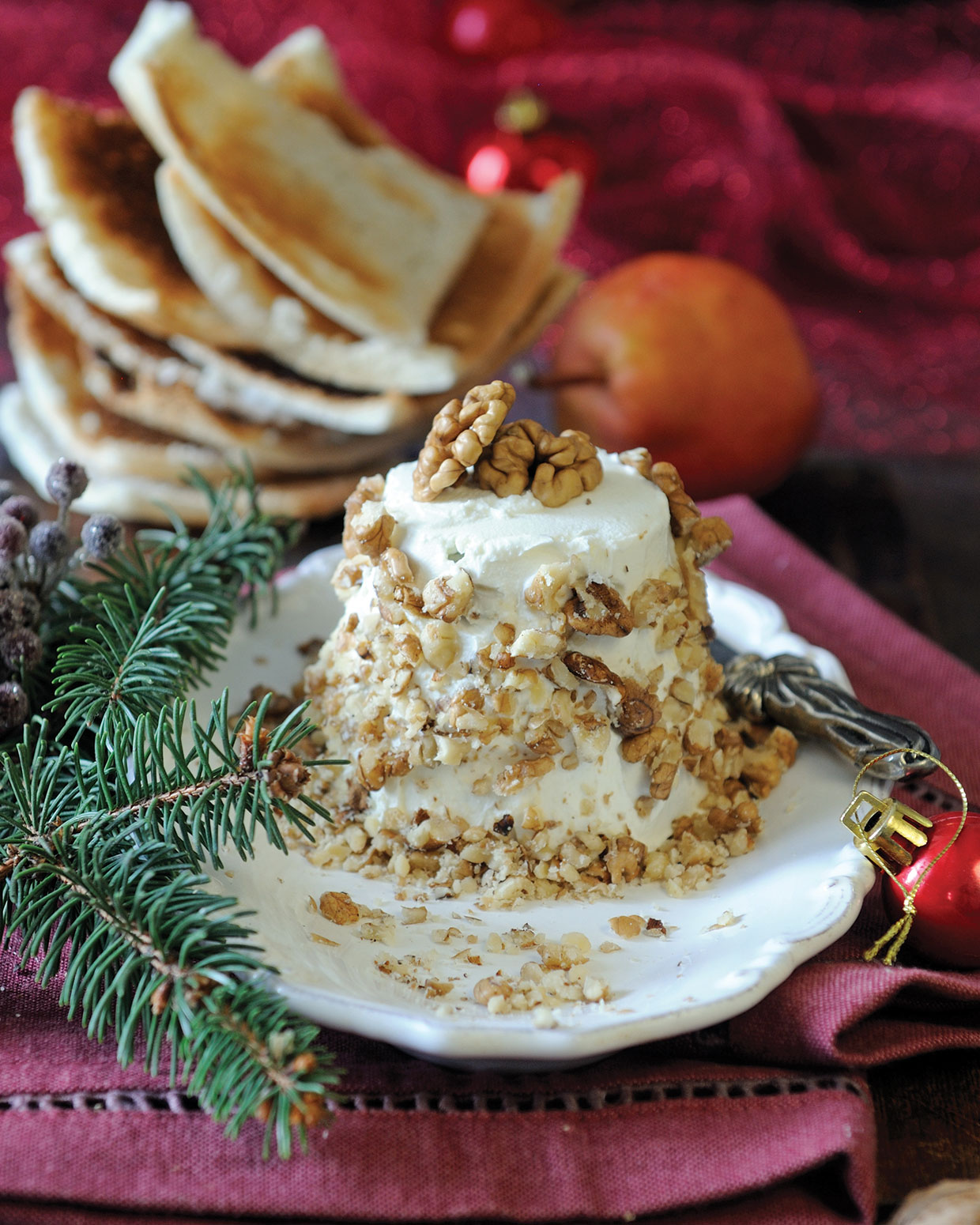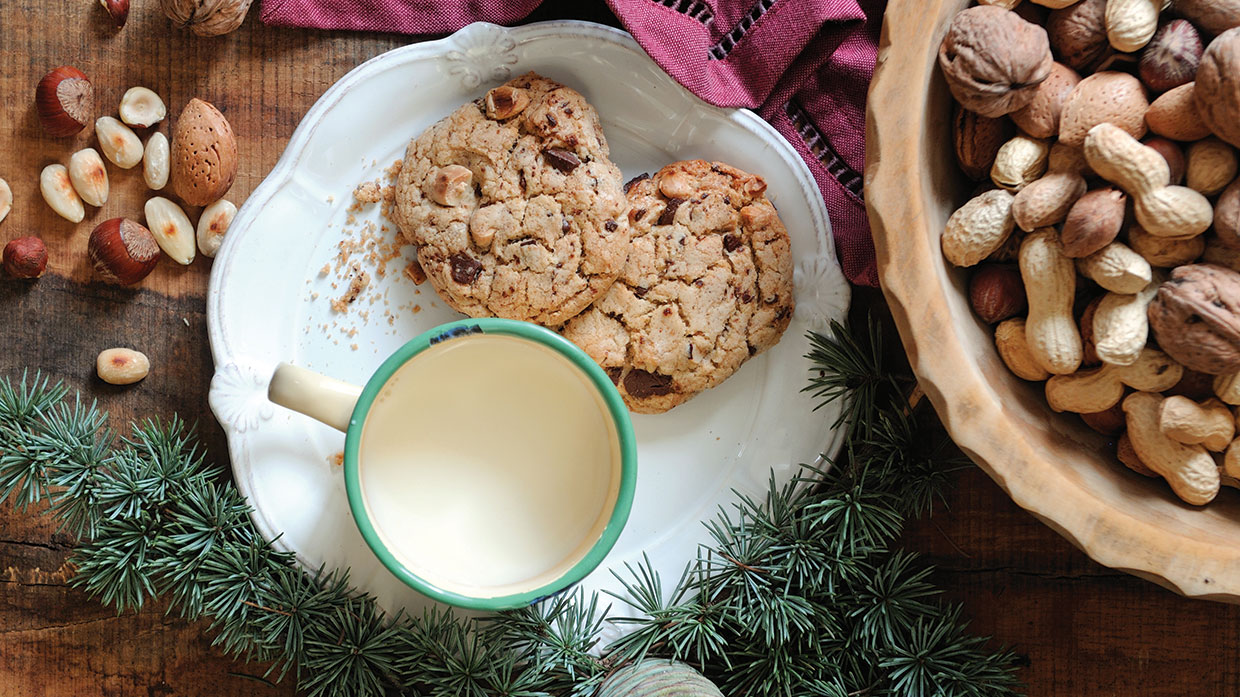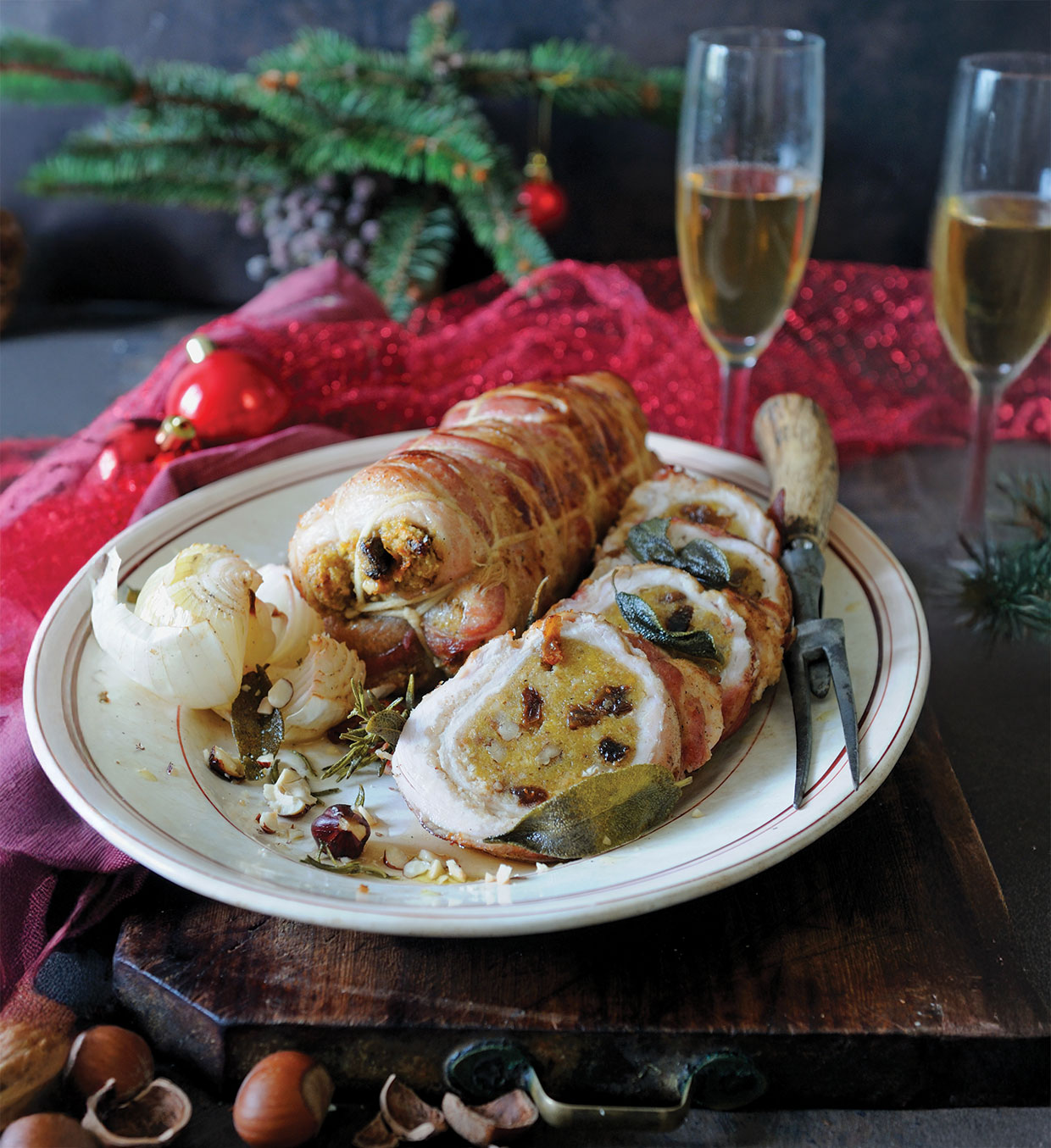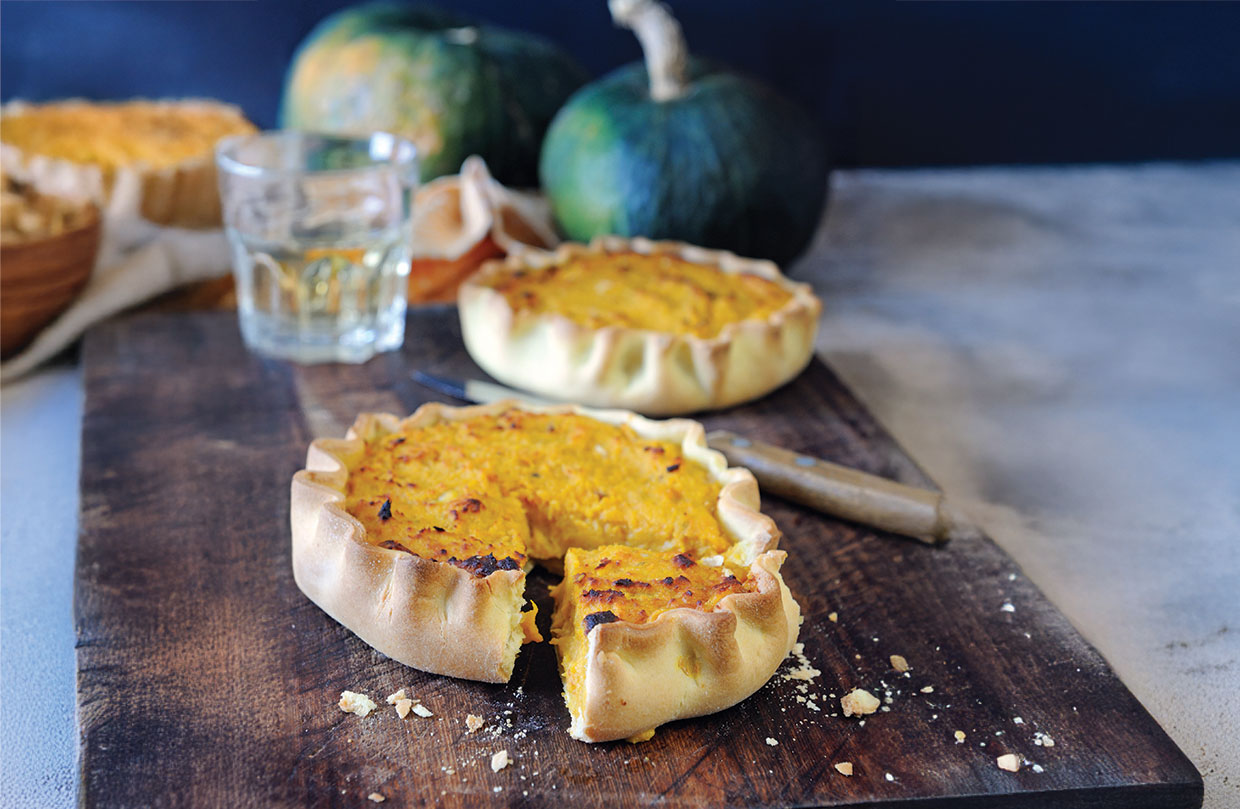This tempting Italian fruit salad is enhanced by a sweet basil syrup. It’s a perfect dessert for picnics on hot summer days Italians almost always end a meal with fruit. Desserts tend to be saved for special occasions. Normally for a picnic, the custom is to bring a piece of fruit, often a watermelon, which […]
Mixed Fruit Salad with Basil Syrup
